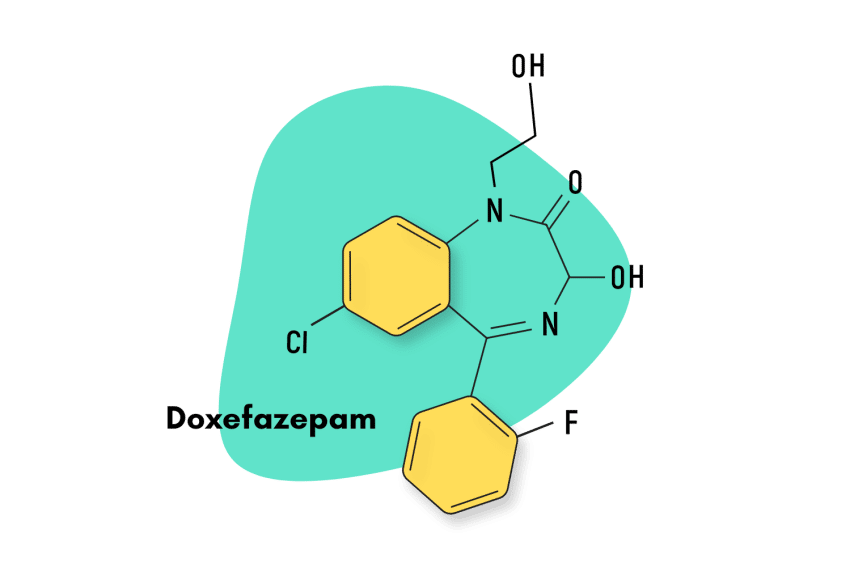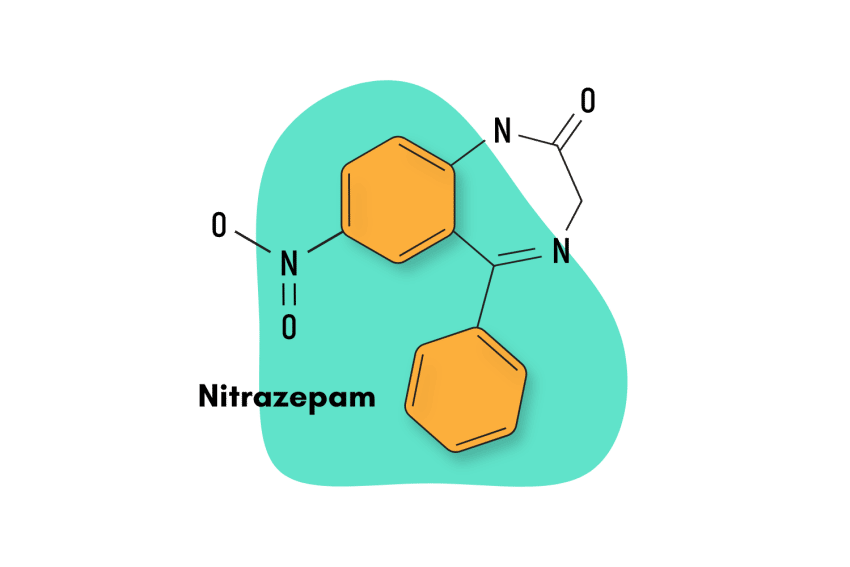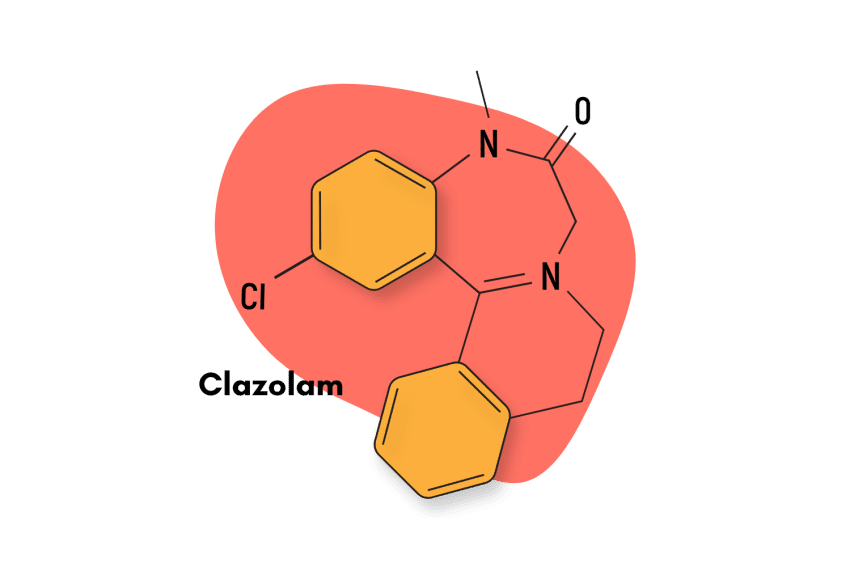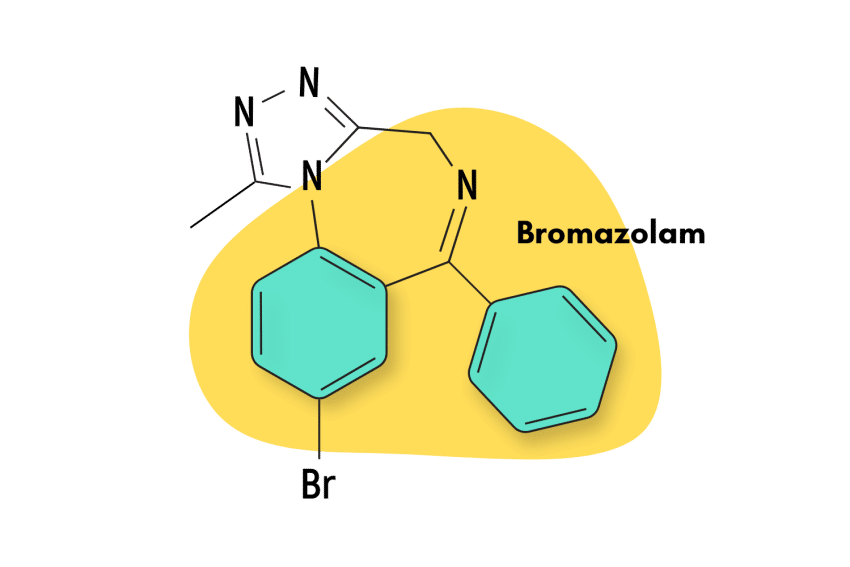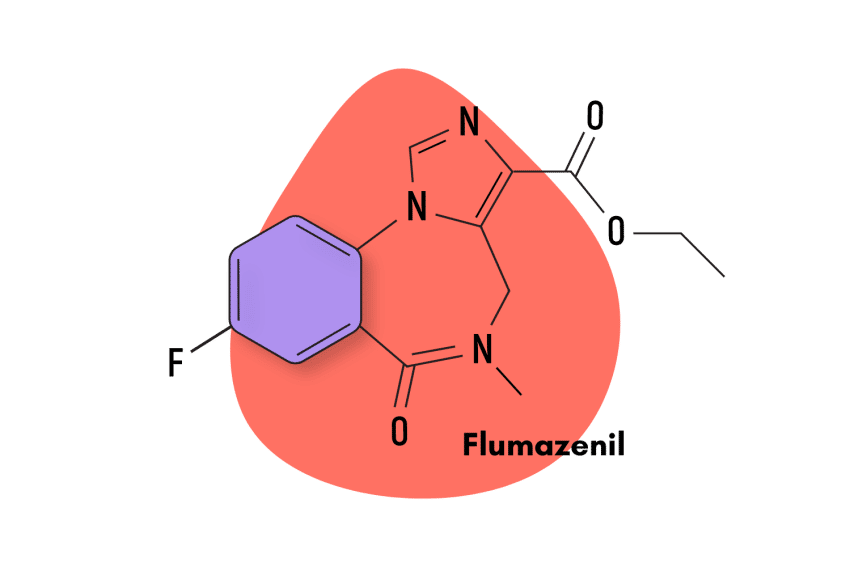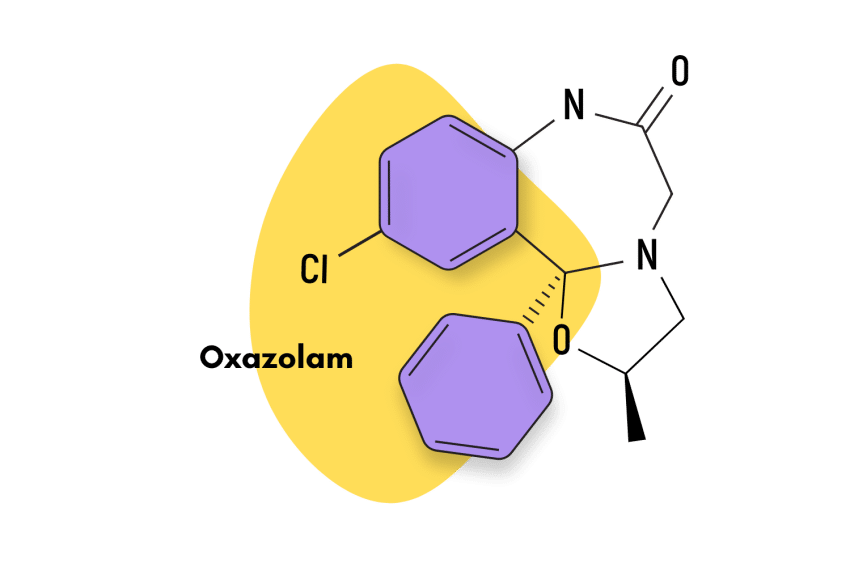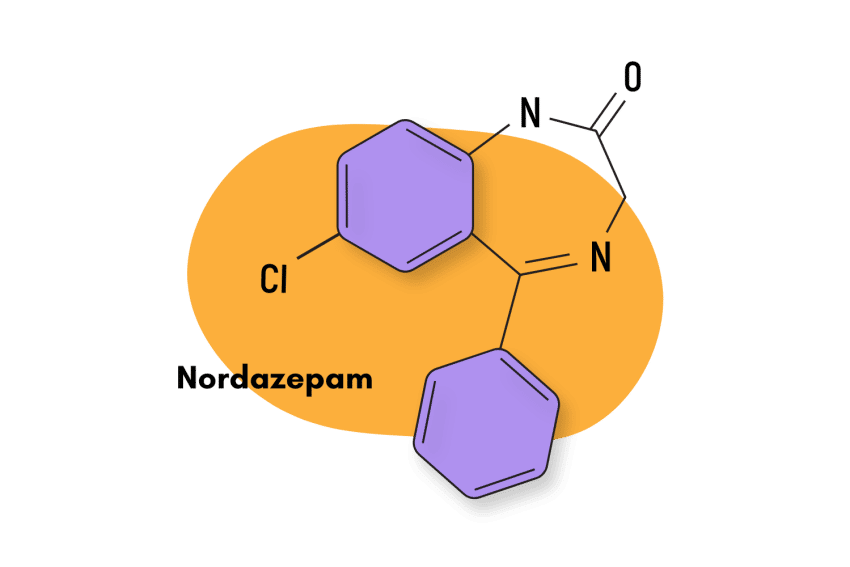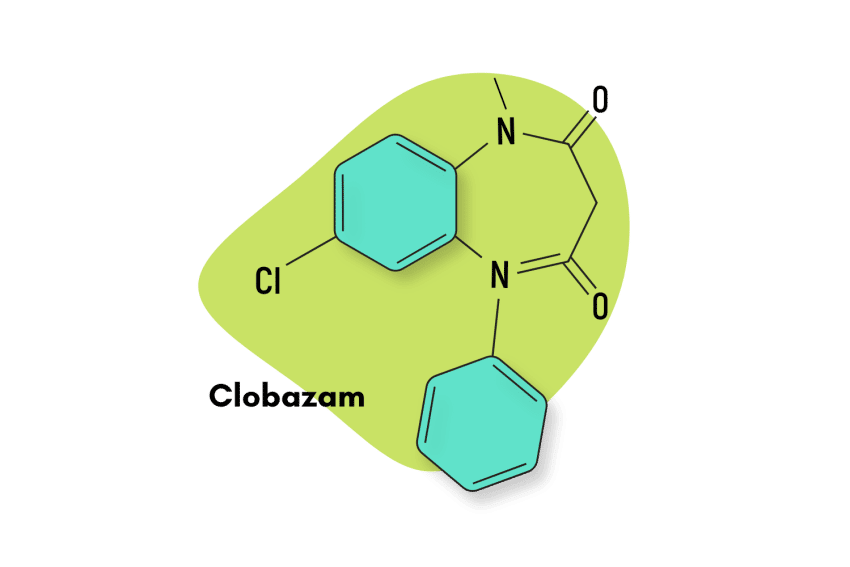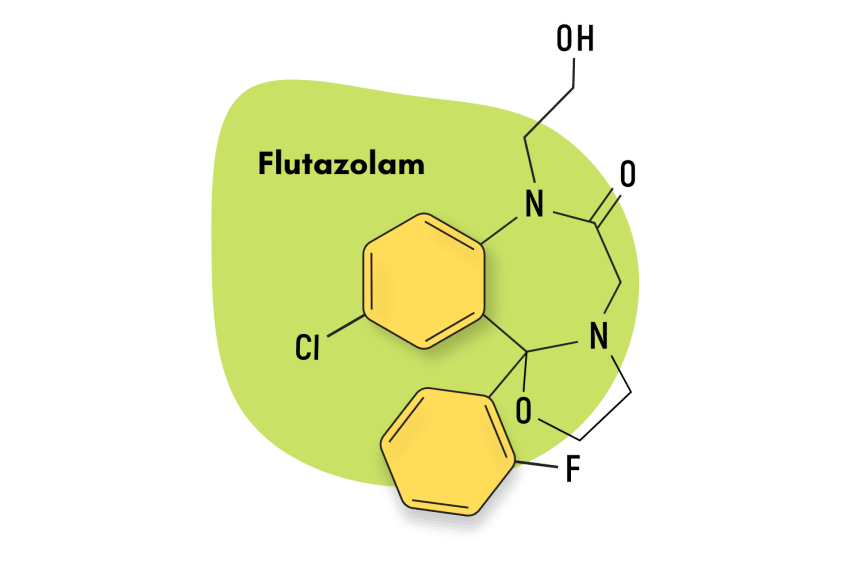Cinazepam (Levana) Fact Sheet & Harm Reduction Guide
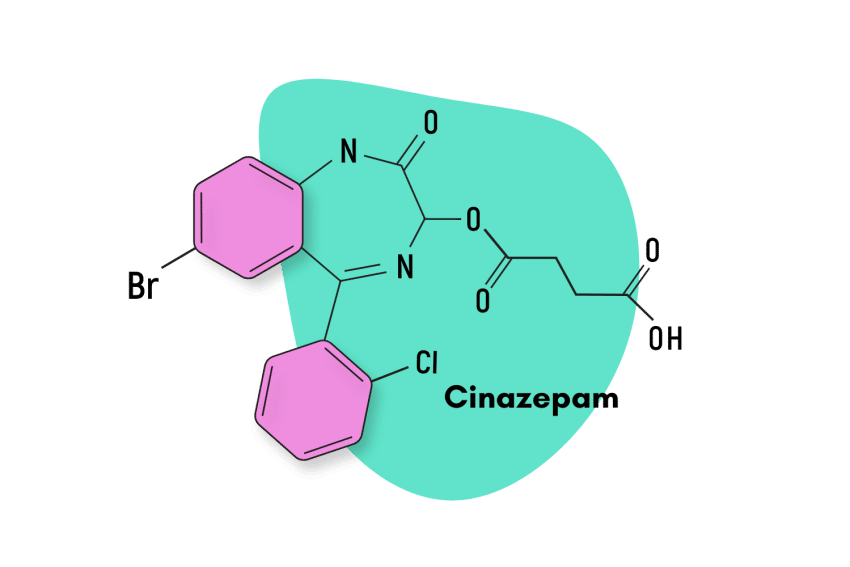
Cinazepam, also known as BD-798 or Levana, is an atypical benzodiazepine derivative and prodrug for 3-hydroxyphenazepam.
An “atypical benzodiazepine” refers to a compound that shares the chemical structure of a benzodiazepine but doesn’t act like one.
In the case of cinazepam, the anxiolytic and sedative effects are still present, but it lacks the muscle-relaxant effects entirely.
The biggest strength of this compound is that it doesn’t appear to affect sleep architecture the way other benzodiazepine-based sleep medications do. Most benzodiazepines reduce the time spent in REM sleep, which harms focus, reaction times, and resilience the following day.
Cinazepam Specs
| Status | Approved medication but not available in the United States |
| Common Dosage | Unspecified |
| PubChem ID | 629281 |
| CAS# | 172986-25-3 |
IUPAC Name:
4-[[7-bromo-5-(2-chlorophenyl)-2-oxo-1,3-dihydro-1,4-benzodiazepin-3-yl]oxy]-4-oxobutanoic acid
Other Names: BD-798, Levana
Metabolism: Cinazepam and its metabolites are almost entirely excreted from the body in urine and feces within 5 to 10 days. The CYP3A4 isoenzymes largely metabolize this compound.
Duration of Effects: Cinazepam is considered to be long-lasting, but it’s unclear how much its pharmacologically active byproducts factor into this assessment.
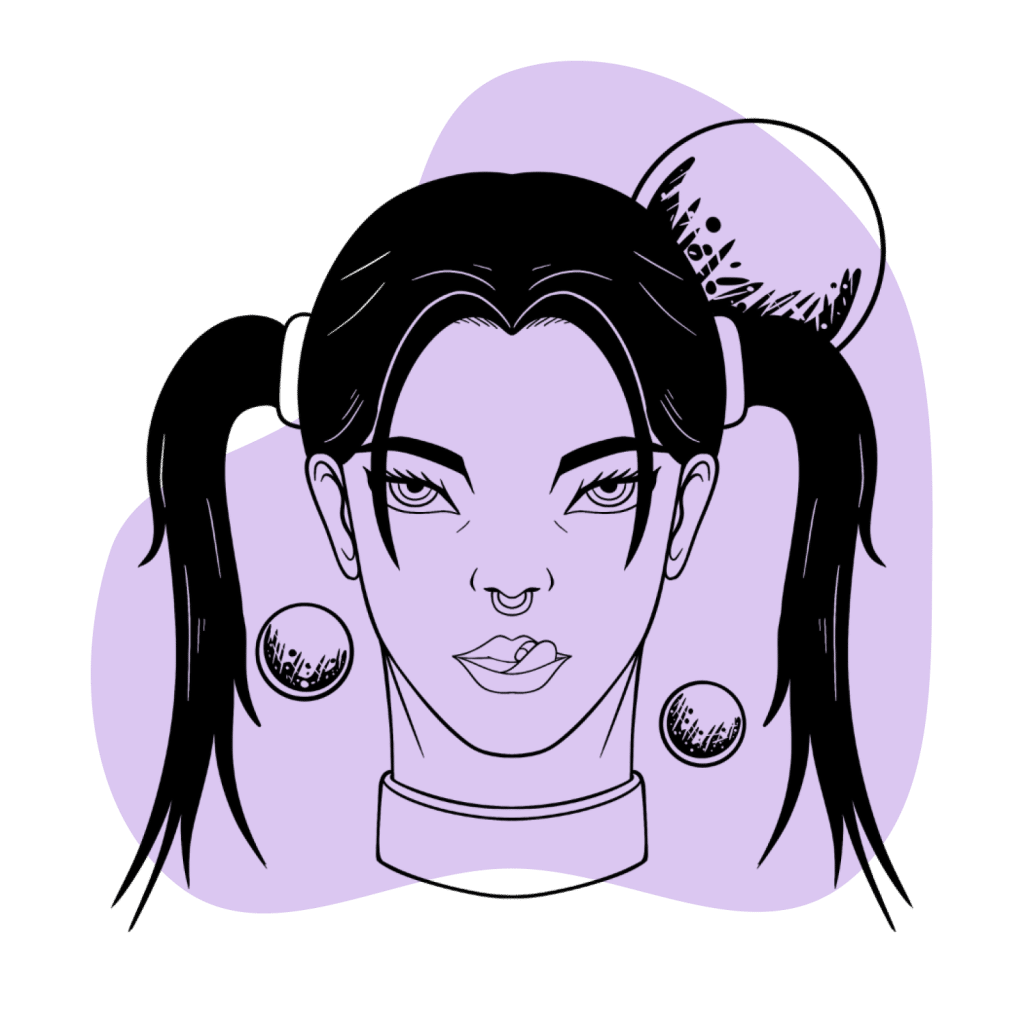
Benzodiazepine Dosage Equivalency Calculator
**Caution:** Benzodiazepines have a narrow therapeutic window. Dose equivalents may not be accurate in higher doses.
This calculator does not substitute for clinical experience and is meant to serve only as a reference for determining oral benzodiazepine equivalence.
Please consult a medical practitioner before taking benzodiazepines.
How Does Cinazepam Work?
Cinazepam, like most benzodiazepines, exerts its functions through the GABA-mediated pathway. However, there are certain particularities as to how it goes about this that are unique.
Mainly, instead of being a full receptor agonist, cinazepam is only a partial agonist at the GABA-A receptor. Partial agonists are drugs that bind to and activate a given receptor but don’t have the same level of efficacy as full agonists. Essentially, partial agonists cannot induce maximal activation of a receptor regardless of the amount taken.
In this sense, studies have determined that, in terms of affinity for the GABA-A complex, cinazepam has one order of magnitude less affinity than full agonist benzodiazepines like nitrazepam and diazepam [1]. There is also evidence that cinazepam targets other receptor groups other than GABA-A.
There is an added wrinkle to cinazepam’s effects which sets it apart from other benzodiazepines. Unlike other hypnotic benzodiazepine compounds, cinazepam does not appear to interfere with the established architecture of human sleep while also increasing slow-wave sleep and REM sleep [2].
Researchers have theorized that this feature might give cinazepam certain advantages over other benzodiazepine-based hypnotic treatments for sleep-related conditions like insomnia.
Is Cinazepam Safe? Risks & Side Effects
Cinazepam does not appear to be listed under the Controlled Substances Act.
Since cinazepam is only a partial agonist, its effects are likely milder when compared to other benzodiazepines. In terms of risk, there isn’t much that we can conclude. To stay safe, the smartest move is to approach cinazepam with the same level of caution as other benzodiazepine compounds.
However, what few peer-reviewed pieces of information we have to go off suggests that cinazepam has minimal muscle-relaxant side effects compared to other benzodiazepines [1].
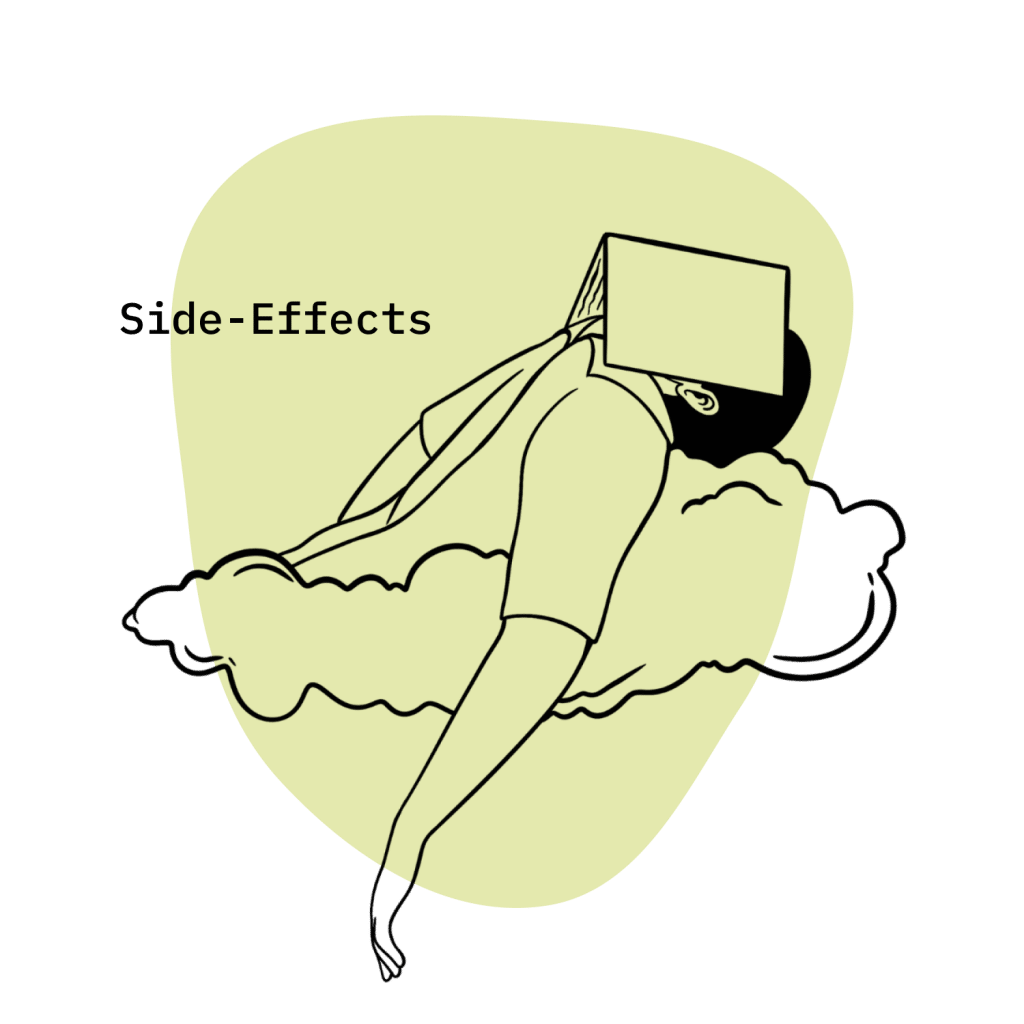
Side Effects of Cinazepam
Peer-reviewed studies that attempt to ascertain the side effects associated with cinazepam use have not yet been conducted. However, all benzodiazepines broadly share the same range of adverse effects, with only minimal variations between individual compounds.
The standard side effects associated with benzodiazepine use are:
- Blurred vision
- Confusion
- Constipation
- Dizziness
- Drowsiness
- Dry mouth
- Light-headedness
- Memory problems
- Muscle weakness
- Nausea (feeling sick)
- Slurred speech
- Unsteadiness (especially in older people, who may fall and experience injuries)
Benzodiazepine Withdrawal & Dependence
Benzodiazepine-related withdrawal symptoms stemming from physical dependence are a widely documented phenomenon. Potential benzodiazepine users should be aware that they face a considerable chance of developing a physical dependence if they begin benzodiazepine treatment.
There is a common misconception that benzodiazepine dependence comes only from misuse and that users who stick to their prescriptions do not become physically dependent. This is not true at all. The potential for benzodiazepines to cause dependence is so prevalent that standard medical practice limits their use to the shortest time frame possible to hedge against this possibility.
Additionally, benzodiazepine withdrawals are much riskier when compared to other drug types. Due to their pharmacological characteristics, only alcohol and benzodiazepines can potentially cause withdrawals which, if left untreated, can become fatal.

Harm Reduction: Cinazepam
Benzodiazepine users should never forget specific rules of thumb that will allow them to minimize their risk exposure.
The key to using benzodiazepines safely in moderation. It’s important to identify addiction and abuse and avoid mixing benzodiazepines with other drugs or alcohol.
Benzodiazepine Harm Reduction Tips:
- 🥣 Don’t mix — Mixing benzodiazepines with other depressants (alcohol, GHB, phenibut, barbiturates, opiates) can be fatal.
- ⏳ Take frequent breaks or plan for a short treatment span — Benzodiazepines can form dependence quickly, so it’s important to stop using the drug periodically.
- 🥄 Always stick to the proper dose — The dosage of benzos can vary substantially. Some drugs require 20 or 30 mg; others can be fatal in doses as low as 3 mg.
- 💊 Be aware of contraindications — Benzodiazepines are significantly more dangerous in older people or those with certain medical conditions.
- 🧪 Test your drugs — If ordering benzos from unregistered vendors (online or street vendors), order a benzo test kit to ensure your pills contain what you think they do.
- 💉 Never snort or inject benzos — Not only does this provide no advantage, but it’s also extremely dangerous. Benzos should be taken orally.
- 🌧 Recognize the signs of addiction — Early warning signs are feeling like you’re not “yourself” without the drug or hiding your habits from loved ones.
- ⚖️ Understand the laws where you live — In most parts of the world, benzodiazepines are only considered legal if given a prescription by a medical doctor.
- 📞 Know where to go if you need help — Help is available for benzodiazepine addiction; you just have to ask for it. Look up “addiction hotline” for more information where you live. (USA: 1-800-662-4357; Canada: 1-866-585-0445; UK: 0300-999-1212).
Cinazepam Drug Interactions
Benzodiazepine users should avoid the concomitant use of other potent pharmacological compounds unless it’s with a doctor’s approval. They should also be aware of the incredible risk of mixing two drugs that have depressive effects on the central nervous system. These combinations can put them at risk of respiratory depression: the leading cause of death in drug overdoses.
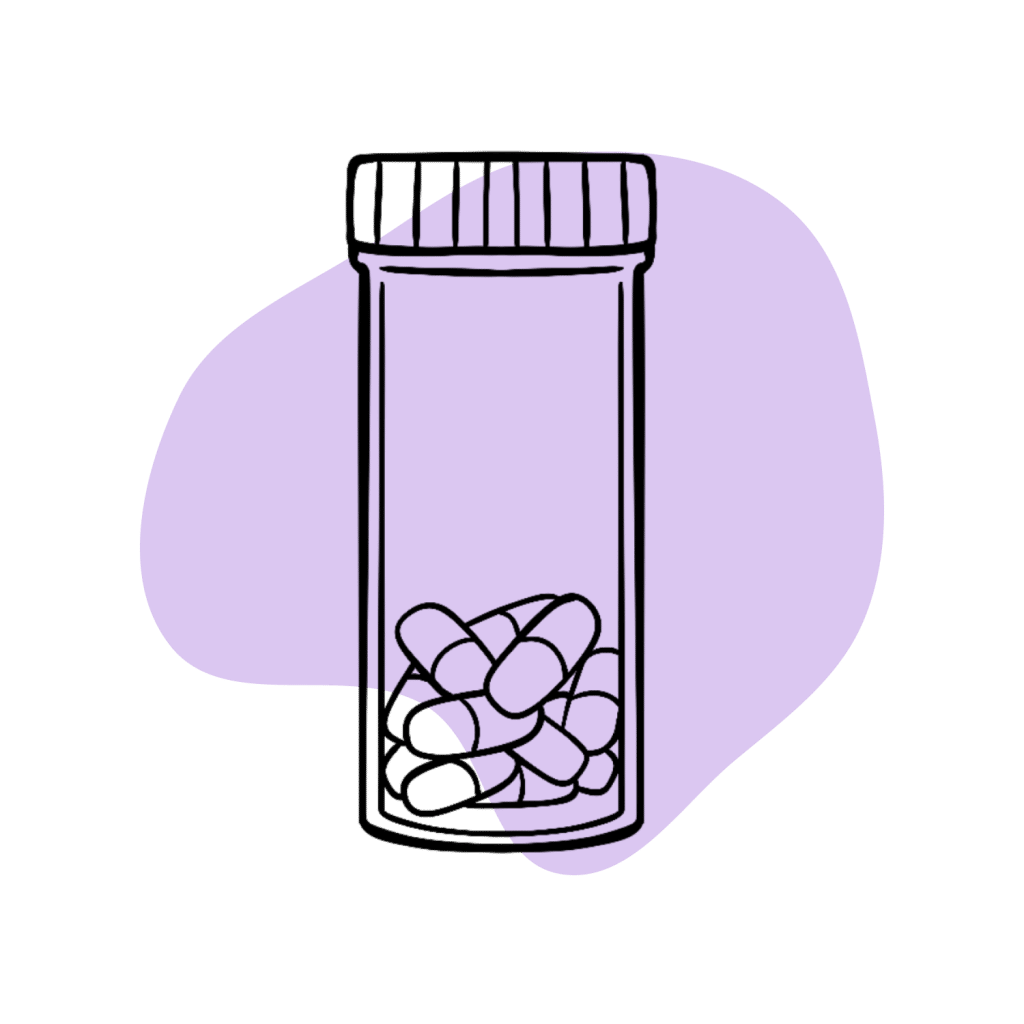
Similar Benzodiazepines
Due to its unique nature, there aren’t many benzodiazepines that closely resemble cinazepam. However, some compounds are similar:
3-HydroxyphenazepamPhenazepam
3-Hydroxyphenazepam is a pharmacologically active metabolite of cinazepam. However, they appear to have mechanisms of action that are pretty distinct [3] and, as such, have distinct effect profiles.
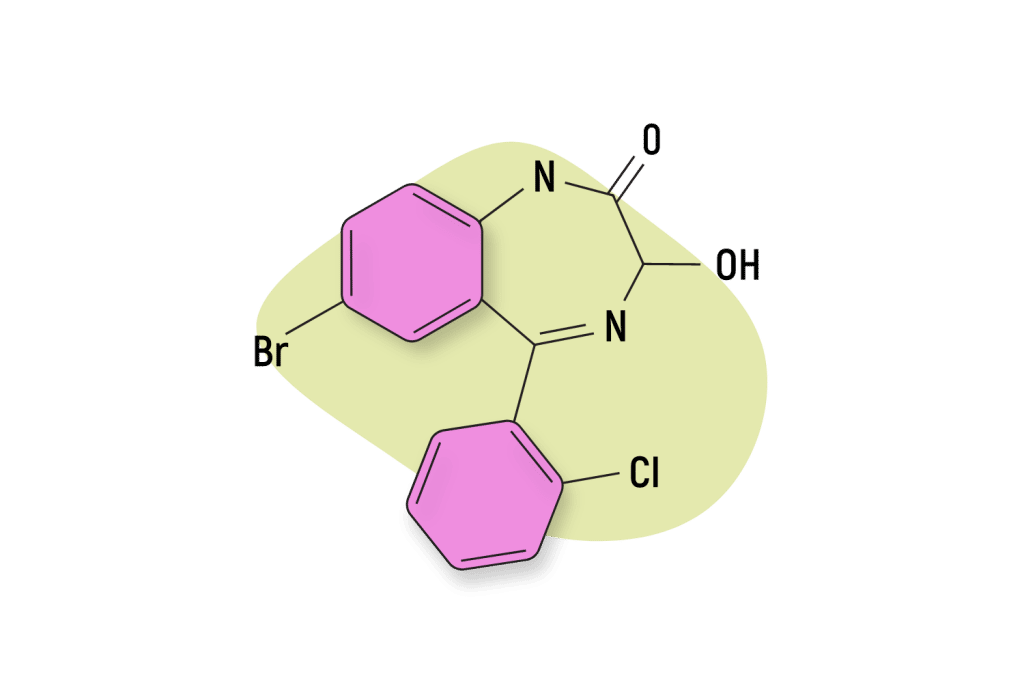
Arfendazam
Being a 1,5- benzodiazepine, arfendezam is structurally distinct from cinazepam, but they share the unusual characteristic of being partial GABA agonists, which means their mechanisms of action are comparable.
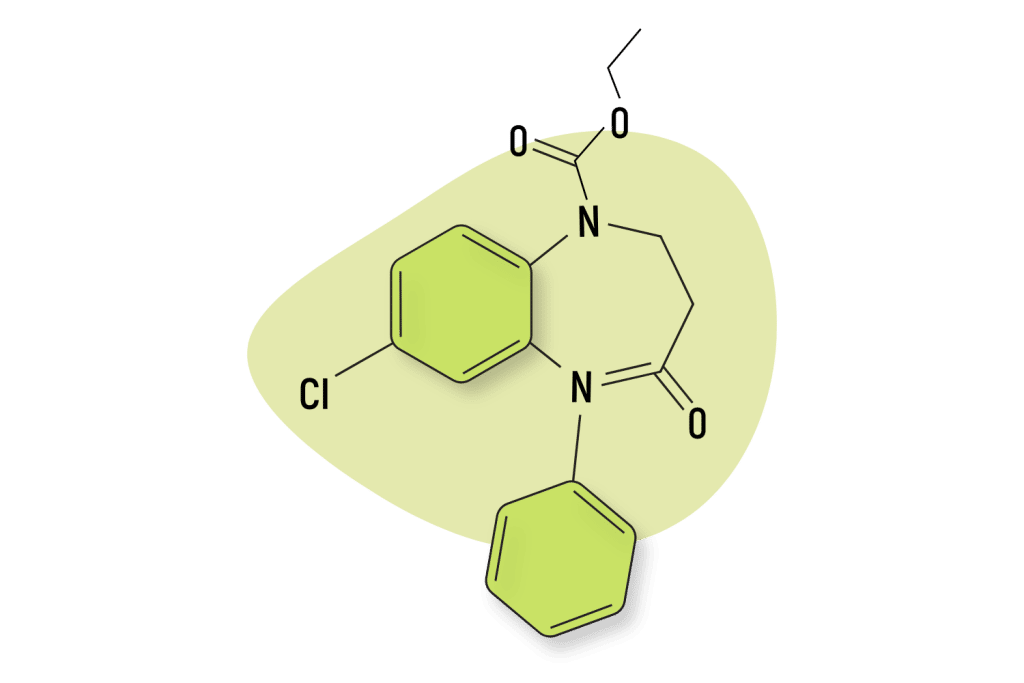
Alternatives to Benzodiazepines
There are plenty of options for those who want to experiment with natural alternatives to benzodiazepines.
Kava
The kava plant contains several active ingredients that interact with GABA-A receptors to produce effects comparable to benzodiazepines. However, the kava plant does not elicit the same range of effects as benzodiazepines; it only produces anxiolytic and sedative benefits, all while having a side effects profile much more benign than benzodiazepines [4].
L-Theanine
Similarly to kava, L-Theanine, an active compound found in green and black tea, can elicit natural anxiolytic and sedative effects that, although of less potency than benzodiazepines, can provide effective relief [5].
L-theanine has two primary mechanisms of action. It increases the concentration of GABA in the body while decreasing the effects of glutamate, an excitatory neurotransmitter. Like kava, it can achieve its effects with minimal risk to the user.
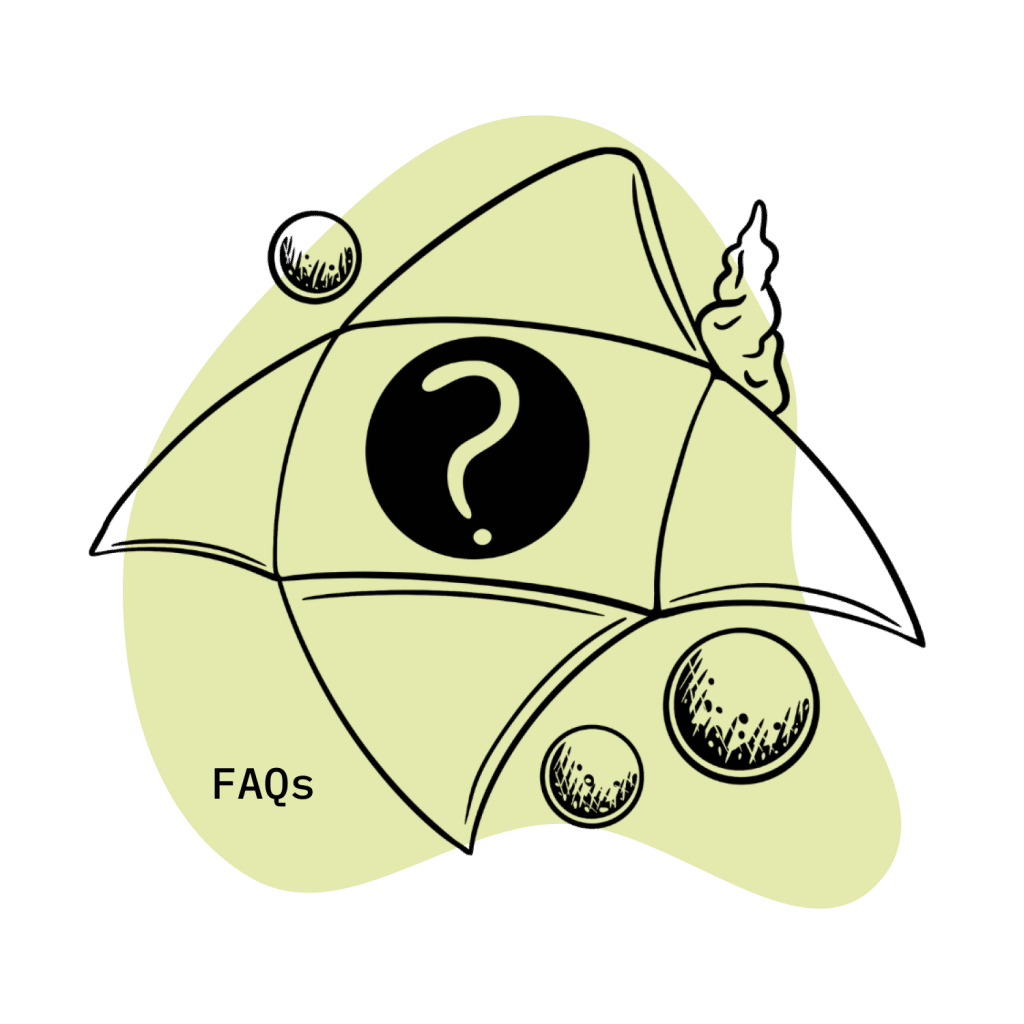
Cinazepam FAQs
Is cinazepam available in the United States?
No. The FDA has not approved Cinazepam.
Where was cinazepam developed?
Cinazepam was synthesized at the Bogatskii Institute of Physical Chemistry of the National Academy of Science of Ukraine.
References
- Schukin, S. I., Zinkovsky, V. G., & Zhuk, O. V. (2011). Elimination kinetics of the novel prodrug cinazepam possessing psychotropic activity in mice. Pharmacological Reports, 63(5), 1093-1100.
- Makan, S. Y., Boiko, I. A., Smul’skii, S. P., & Andronati, S. A. (2007). Effect of cinazepam administration on the ligand affinity of neuromediator system receptors in rat brain. Pharmaceutical Chemistry Journal, 41(5), 249-252.
- Borisova, T., Pozdnyakova, N., Dudarenko, M., Krisanova, N., & Andronati, S. (2021). GABAA receptor agonist cinazepam and its active metabolite 3-hydroxyphenazepam act differently at the presynaptic site. European Neuropsychopharmacology, 45, 39-51.

